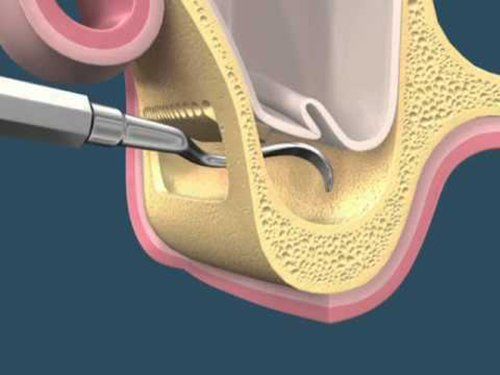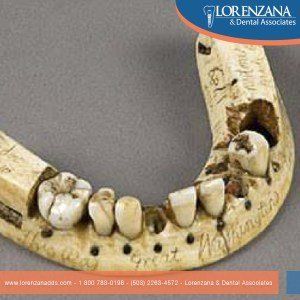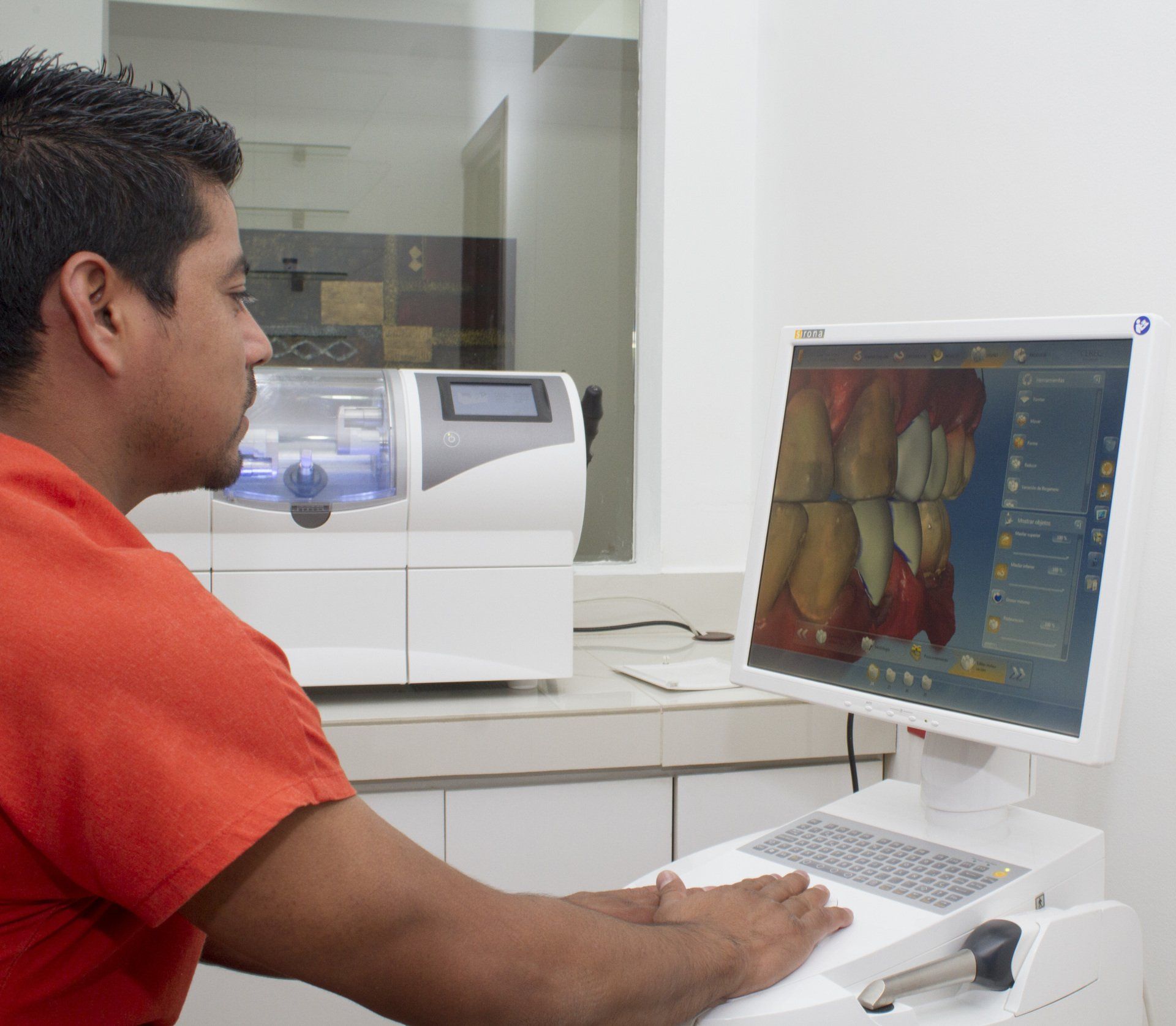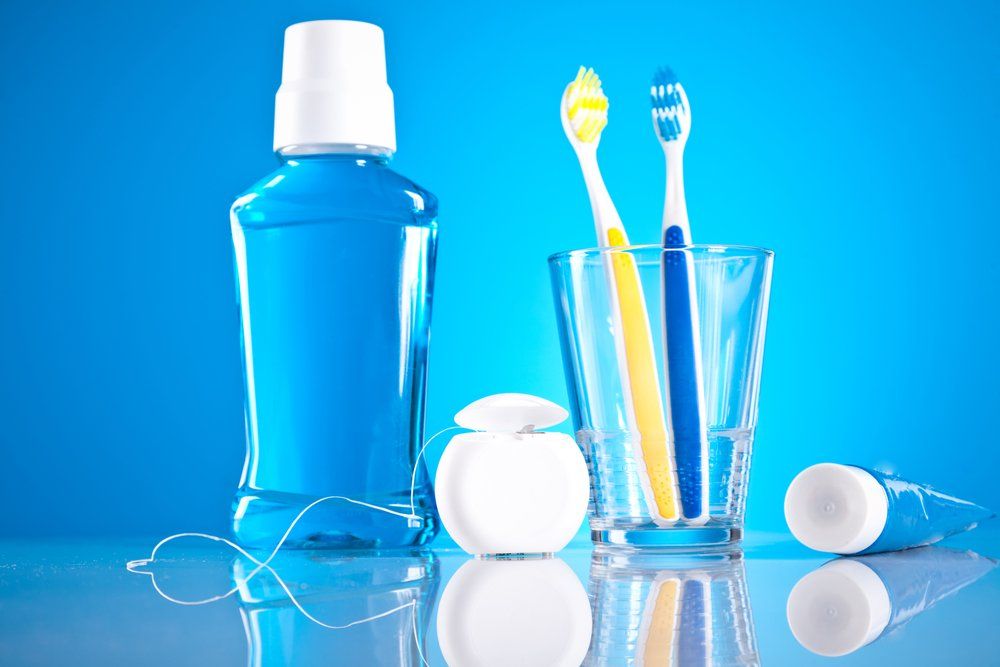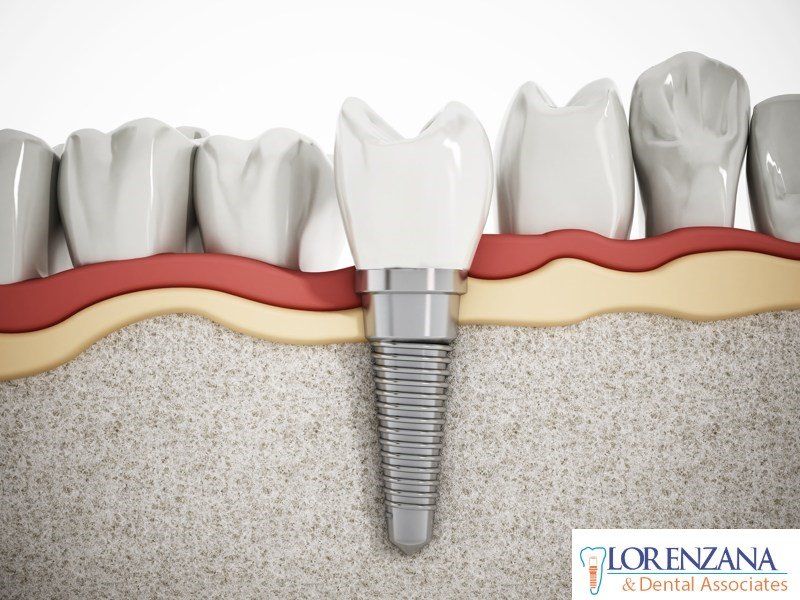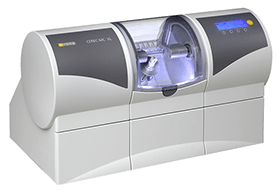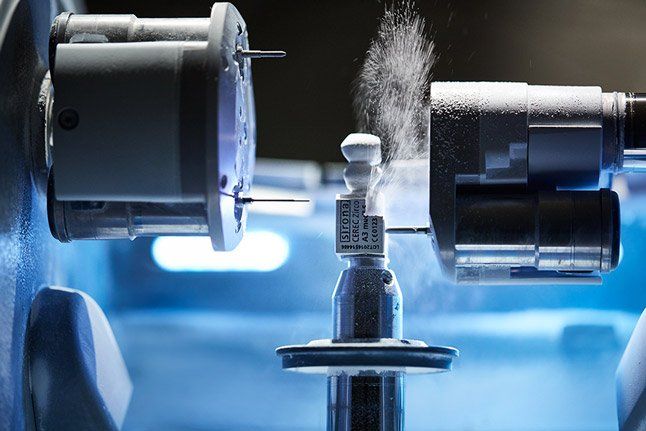Dental implant procedure - Steps Involved
Dental implants are replacement of tooth roots made of titanium to replace missing teeth.
The treatment is popular due to its long-term solution and reduces bone loss. Implants provide a strong foundation for fixed (permanent) or removable replacement teeth that are made to match your natural teeth. You can replace one tooth or several teeth with dental implants. When we talk about a dental rehabilitation we are talking about a professional on his work, we are referring to a Prosthodontist!, a dental specialist who is skilled in the replacement of missing teeth, and to the restoration of natural teeth. Dental implant treatment involves several procedures in different stages. The dental specialist begins by taking x-rays to inspect bone quality and the anatomical structure of your teeth. This is done to determine how much jawbone is available to hold the implant and to avoid any issues with drilling. The duration of the implant treatment depends on the type of procedure and number of implants to be placed. Most dental implant surgeries are performed in the dentist’s office under local anesthesia or IV sedation. In the first stage, implants are placed within the jaw bone, bone grafting is done if there is not enough bone in the jaw or if the jaw bone is not strong enough. Once the dentist assures that jaw bone is healthy enough to receive the implant, the gum tissue is opened and a space is created in the bone with a special drill to place the implant. After implant placement, the gum is sutured or stitched back into place. As the tissue heals the implants get attached to the gum, a process which can take four to five months. During this time, you may be asked to cautiously wear a temporary. The second stage involves re-exposure of the implant for placement of a post or abutment in the implant. The artificial tooth or crown is cemented over the post. If several teeth or all of your teeth are replaced, a fixed bridge is anchored to your implants. Your dentist will schedule checkup appointments every six months to ensure that your implants are working properly. The success of the dental implant treatment depends on multiple factors, but most of all they need good care, they require the same “maintenance” as real teeth, including brushing, flossing and regular dental check-ups. Lorenzana & Dental Associates has the the best rehabilitation team in Latin América, It´s director Dr. Rafael Lorenzana is certified by the American Board of Prosthodontics, you can have your dental treatment performed with the same high quality in United States at a lower cost. Call us 1-800-7830198 or send us an e-mail clinica@lorenzanadds.com, it will be a pleasure to assist you.
Procedimiento de Implantes dentales - Pasos a seguir
Los implantes dentales son la sustitución de las raíces dentales, hechos de titanio para reemplazar los dientes perdidos. El tratamiento es popular debido a su solución a largo plazo y reduce la pérdida de hueso . Los implantes proporcionan una base sólida para los dientes de reemplazo fijos (permanentes ) o removibles que están hechas para que coincida con sus dientes naturales. Puede sustituir uno o varios dientes con implantes dentales . Cuando hablamos de una rehabilitación dental, estamos hablando de un profesional en su trabajo , nos estamos refiriendo a un Prostodoncista ! , un especialista dental experto en el reemplazo de los dientes perdidos , y para la restauración de los dientes naturales . El tratamiento con implantes dentales implica varios procedimientos en diferentes etapas. El especialista dental empieza por tomar radiografías panorámicas y periapicales para inspeccionar la calidad del hueso y la estructura anatómica de los dientes. Esto se hace para determinar la cantidad de hueso de la mandíbula disponible para mantener el implante y para evitar cualquier problema al momento de la inserción del implante dental . La duración del tratamiento con implantes dentales depende del tipo de procedimiento y el número de implantes que se colocan . La mayoría de cirugías de implantes dentales se realizan en el consultorio del odontólogo bajo anestesia local o sedación intravenosa. En la primera etapa , los implantes se colocan dentro del hueso de la mandíbula , el injerto óseo se realiza cuando no hay suficiente hueso en la mandíbula o si el hueso no es lo suficientemente fuerte para sostener el implante . Una vez que el dentista asegura el hueso en la mandíbula que es lo suficientemente sano como para recibir el implante , el tejido de la encía se abre y se crea un espacio en el hueso con un taladro especial para colocar el implante . Después de colocado el implante , la encía se sutura . A medida que el tejido se cura los implantes se oseintegra al hueso , un proceso que puede tomar de cuatro a cinco meses . Durante este tiempo , se le puede pedir al paciente que use un temporal cautelosamente. La segunda etapa consiste en aperturar el lugar donde se encuentra el implante para la colocación de un poste o pilar que ayudará a tomar la impresión de la corona definitiva. El diente o corona artificial sobre implante se cementa sobre el poste . En el caso que se reemplacen varios dientes o todos los dientes, un puente fijo es otra opción para anclar sobre un determinado número de implantes. Su dentista le programará citas de seguimiento cada seis meses para asegurarse de que sus implantes están funcionando correctamente. El éxito del tratamiento de los implantes dentales depende de múltiples factores , pero lo más importante de todo es cuidarlos como los dientes naturales, es decir, se requiere el mismo "mantenimiento" como los dientes reales, incluyendo el cepillado, uso de hilo dental y chequeos dentales regulares a su dentista. Lorenzana y Dental Associates tiene el mejor equipo de rehabilitación de implantes en América Latina , su director el Dr. Rafael Lorenzana está certificado por la Junta Americana de Prostodoncia en Estados Unidos, usted puede tener su tratamiento dental realizado con la misma calidad que en Estados Unidos a un menor costo . Llámenos al 1-800-7830198 o envíenos un correo electrónico a la siguiente dirección info@lorenzanadds.com , será un placer ayudarle.
